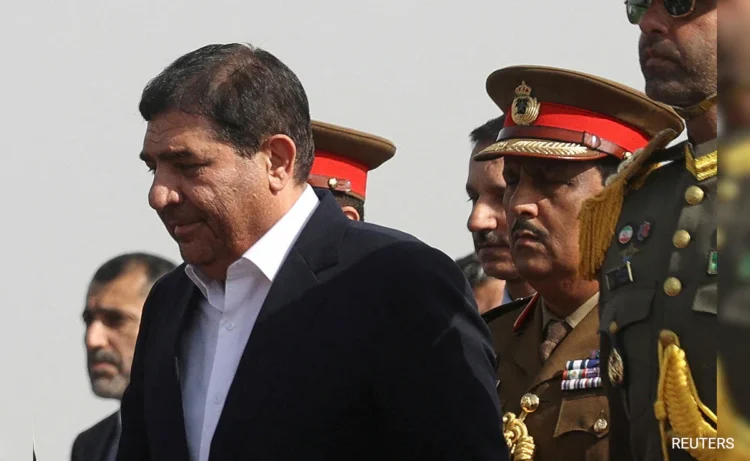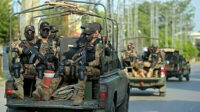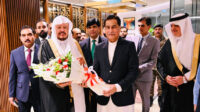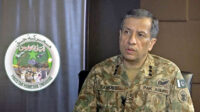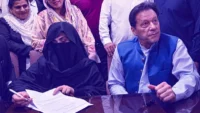Iranian President Ebrahim Raisi and his Foreign Minister, Hossein Amir-Abdollahian, died in a helicopter crash last night. The aircraft, carrying top officials, went down while crossing mountainous terrain in heavy fog while en route to the Iranian city of Tabriz following the inauguration of the Qiz Qalasi Dam on the Iranian-Azerbaijani border.
Under the Iranian constitution, the death of a sitting president triggers specific protocols. First Vice President Mohammad Mokhber, 69, will assume the presidency in an interim capacity. Mokhber, a seasoned political figure with close ties to Supreme Leader Ali Khamenei, has a history of significant influence within the regime. He formerly headed the Setad, a powerful state-owned foundation, and holds advanced degrees in international law and management.
A council consisting of Mokhber, Parliamentary Speaker Mohammad Baqer Qalibaf, and Judiciary Chief Ghollamhossein Mohseni Ezhei is tasked with organising a new presidential election within 50 days. This transition must be approved by Supreme Leader Khamenei, who reassured the nation that state affairs would continue without disruption.
Mohammad Mokhber, born on September 1, 1955, is a figure deeply entrenched in Iran’s political and economic spheres. He assumed the role of first vice president in 2021 following Raisi’s election. Mokhber’s tenure at Setad, an organisation initially created to manage properties confiscated after the 1979 Islamic Revolution, has been marked by controversy and sanctions. In 2010, the European Union included him in a sanctions list for his alleged involvement in nuclear and ballistic missile activities, although he was removed from the list two years later.
